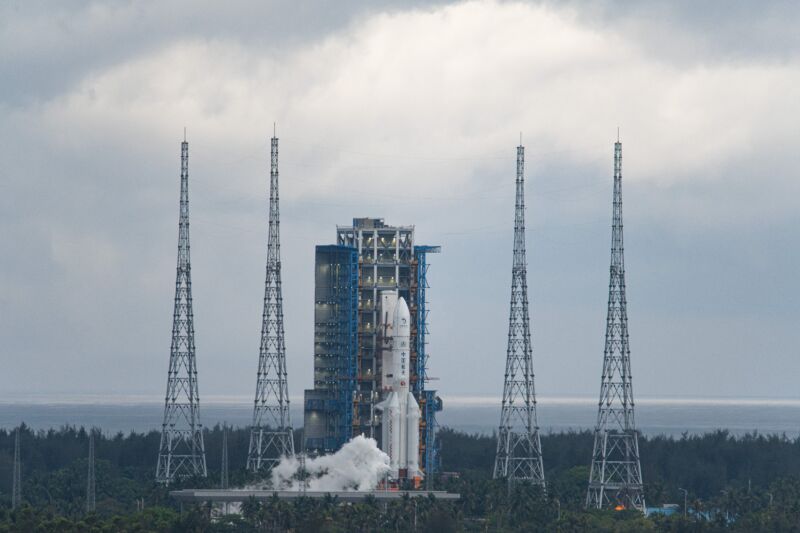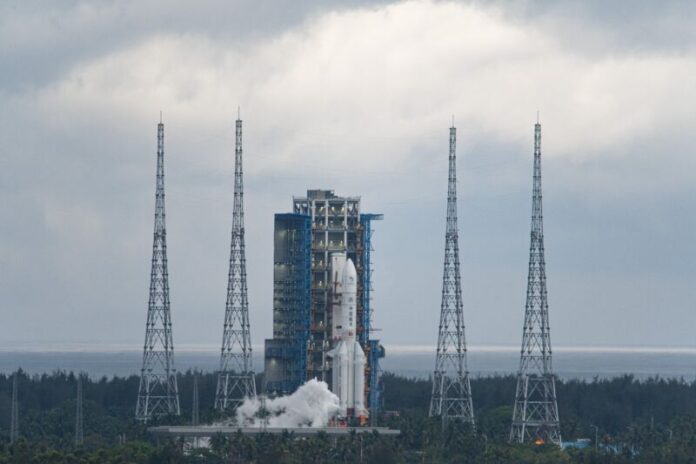
Enlarge / A Long March 5 rocket carrying the Chang'e 6 lunar probe blasts off from the Wenchang Space Launch Center on May 3, 2024, in Wenchang, China. (credit: Li Zhenzhou/VCG via Getty Images)
China landed a spacecraft on the Moon this weekend for the fourth time, successfully placing its Chang’e 6 lander in the South Pole-Aitken Basin on the far side of the Moon.
After the landing on Saturday evening (United States time), the autonomous spacecraft will spend about 48 hours collecting samples. It will do so by two different means, drilling to collect material from beneath the ground, as well as using a robotic arm to gather regolith from the surface.
Then a part of the spacecraft is due to blast off from the surface of the Moon—likely on Monday evening, US time—before making a return flight to China. If successful, this would be the first time samples have been returned to Earth from the far side of the Moon.
Read 11 remaining paragraphs | Comments
Ars Technica - All contentContinue reading/original-link]




